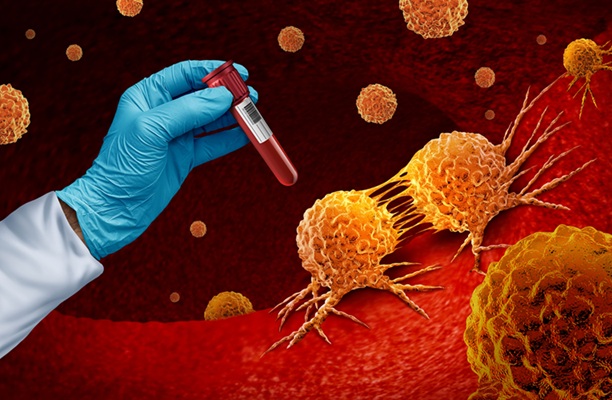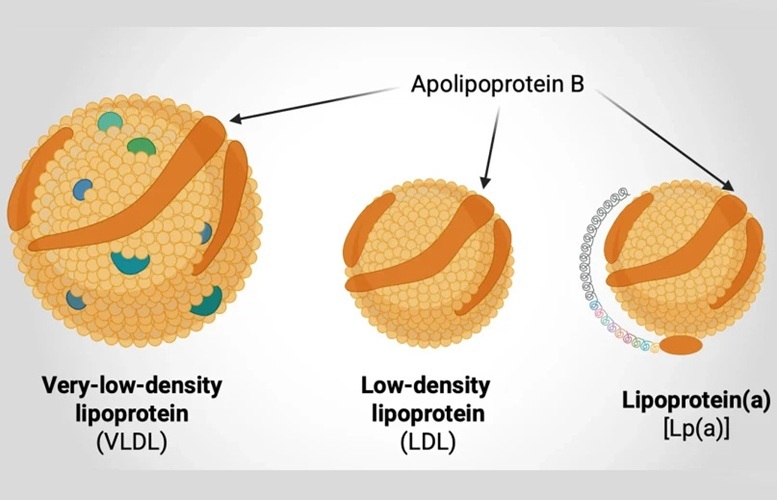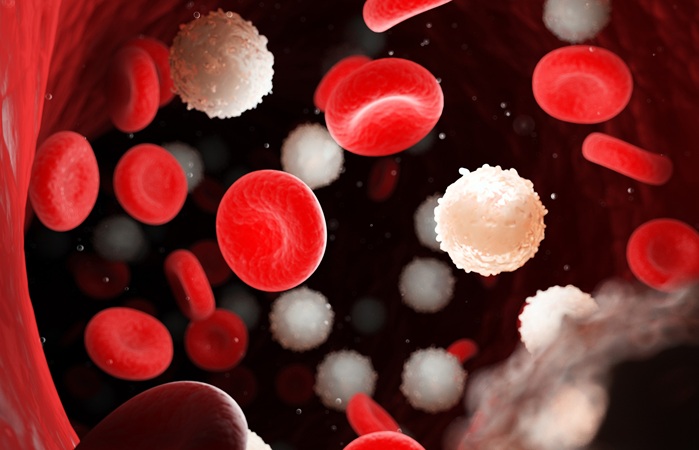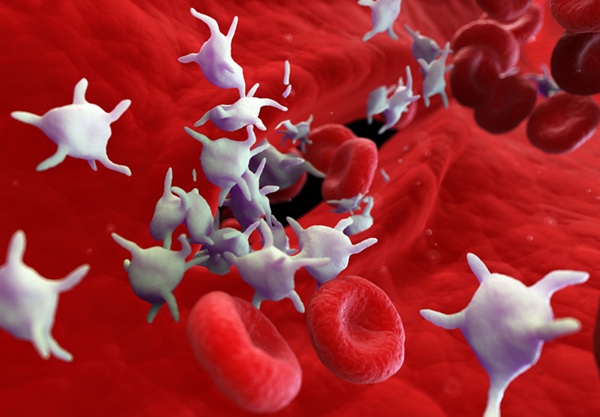Breath-Test Helps Diagnosis of Delayed Gastric Emptying
|
By LabMedica International staff writers Posted on 07 May 2015 |
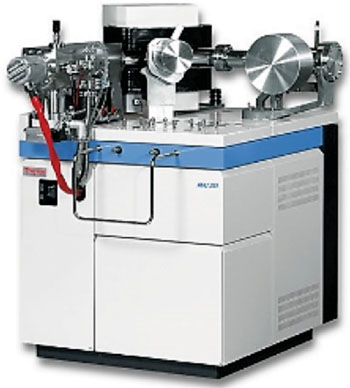
Image: A stable gas isotope ratio mass spectrometer (Photo courtesy of Thermo Scientific).
The Gastric Emptying Breath Test (GEBT) is a new noninvasive test to aid in the diagnosis of delayed gastric emptying, known as gastroparesis and has been officially approved.
Current tests used to diagnose gastroparesis typically involve the use of a small amount of radioactive material or imaging equipment, so testing must be conducted in specialized outpatient centers; however the GEBT can be used in broader settings.
According to the US Food and Drug Administration (FDA; Silver Spring, MD, USA) who have approved the GEBT, scientists conducted a clinical study using data from 115 participants who would typically undergo a gastric emptying test. All participants underwent testing with both the GEBT and gastric scintigraphy; the standard of care for measuring gastric emptying that requires ingestion of a test meal containing a radioactive material.
The GEBT, conducted over a four-hour period after an overnight fast, is designed to show how fast the stomach empties solids by measuring carbon dioxide in a patient’s breath. Patients have baseline breath tests conducted at the beginning of the test. They then eat a special test meal that includes a scrambled egg-mix and Spirulina platensis, a type of protein that has been enriched with carbon-13, which can be measured in breath samples.
Carbon-13 (13C) is a naturally existing non-radioactive form of the common element carbon-12 (12C). Both 12C and a very small amount of 13C are normally found in exhaled carbon dioxide. By adding 13C to the test meal, the GEBT can determine how fast the stomach empties the meal by measuring the ratio of 13C to 12C collected in breath samples at multiple time points after the meal is consumed compared to baseline utilizing a gas isotope ratio mass spectrometer.
The scientists compared diagnostic results from both the GEBT and scintigraphy and found that GEBT results agreed with scintigraphy results 73% to 97% of the time when measured at various time points during the test. No deaths or serious adverse events occurred during clinical studies, but some study participants reported nausea and stomach discomfort during the test. The GEBT is produced by Advanced Breath Diagnostics (Brentwood, TN, USA).
Alberto Gutierrez, PhD, director of the FDA Office of In Vitro Diagnostics and Radiological Health, said, “The GEBT is another option for aiding in the diagnosis of gastroparesis. It can be performed in any clinical setting since it does not require the health care professionals administering the test to undergo special training or to take special precautions related to radiation emitting compounds.”
Related Links:
US Food and Drug Administration
Advanced Breath Diagnostics
Current tests used to diagnose gastroparesis typically involve the use of a small amount of radioactive material or imaging equipment, so testing must be conducted in specialized outpatient centers; however the GEBT can be used in broader settings.
According to the US Food and Drug Administration (FDA; Silver Spring, MD, USA) who have approved the GEBT, scientists conducted a clinical study using data from 115 participants who would typically undergo a gastric emptying test. All participants underwent testing with both the GEBT and gastric scintigraphy; the standard of care for measuring gastric emptying that requires ingestion of a test meal containing a radioactive material.
The GEBT, conducted over a four-hour period after an overnight fast, is designed to show how fast the stomach empties solids by measuring carbon dioxide in a patient’s breath. Patients have baseline breath tests conducted at the beginning of the test. They then eat a special test meal that includes a scrambled egg-mix and Spirulina platensis, a type of protein that has been enriched with carbon-13, which can be measured in breath samples.
Carbon-13 (13C) is a naturally existing non-radioactive form of the common element carbon-12 (12C). Both 12C and a very small amount of 13C are normally found in exhaled carbon dioxide. By adding 13C to the test meal, the GEBT can determine how fast the stomach empties the meal by measuring the ratio of 13C to 12C collected in breath samples at multiple time points after the meal is consumed compared to baseline utilizing a gas isotope ratio mass spectrometer.
The scientists compared diagnostic results from both the GEBT and scintigraphy and found that GEBT results agreed with scintigraphy results 73% to 97% of the time when measured at various time points during the test. No deaths or serious adverse events occurred during clinical studies, but some study participants reported nausea and stomach discomfort during the test. The GEBT is produced by Advanced Breath Diagnostics (Brentwood, TN, USA).
Alberto Gutierrez, PhD, director of the FDA Office of In Vitro Diagnostics and Radiological Health, said, “The GEBT is another option for aiding in the diagnosis of gastroparesis. It can be performed in any clinical setting since it does not require the health care professionals administering the test to undergo special training or to take special precautions related to radiation emitting compounds.”
Related Links:
US Food and Drug Administration
Advanced Breath Diagnostics
Latest Clinical Chem. News
- ‘Brilliantly Luminous’ Nanoscale Chemical Tool to Improve Disease Detection
- Low-Cost Portable Screening Test to Transform Kidney Disease Detection
- New Method Uses Pulsed Infrared Light to Find Cancer's 'Fingerprints' In Blood Plasma
- Carbon Nanotubes Help Build Highly Accurate Sensors for Continuous Health Monitoring
- Paper-Based Device Boosts HIV Test Accuracy from Dried Blood Samples
- AI-Powered Raman Spectroscopy Method Enables Rapid Drug Detection in Blood
- Novel LC-MS/MS Assay Detects Low Creatinine in Sweat and Saliva
- Biosensing Technology Breakthrough Paves Way for New Methods of Early Disease Detection
- New Saliva Test Rapidly Identifies Paracetamol Overdose
- POC Saliva Testing Device Predicts Heart Failure in 15 Minutes

- Screening Tool Detects Multiple Health Conditions from Single Blood Drop
- Integrated Chemistry and Immunoassay Analyzer with Extensive Assay Menu Offers Flexibility, Scalability and Data Commutability
- Rapid Drug Test to Improve Treatment for Patients Presenting to Hospital
- AI Model Detects Cancer at Lightning Speed through Sugar Analyses
- First-Ever Blood-Powered Chip Offers Real-Time Health Monitoring
- New ADLM Guidance Provides Expert Recommendations on Clinical Testing For Respiratory Viral Infections
Channels
Molecular Diagnostics
view channel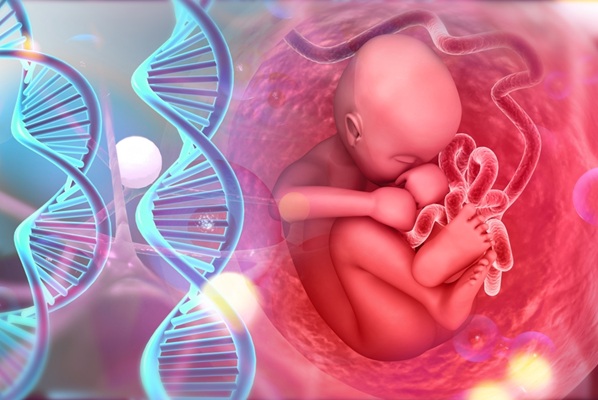
New Genetic Tool Analyzes Umbilical Cord Blood to Predict Future Disease
Children are experiencing metabolic problems at increasingly younger ages, placing them at higher risk for serious health issues later in life. There is a growing need to identify this risk from birth... Read more
Spinal Fluid Biomarker for Parkinson’s Disease Offers Early and Accurate Diagnosis
Parkinson’s disease is a neurodegenerative condition typically diagnosed at an advanced stage based on clinical symptoms, primarily motor disorders. However, by this time, the brain has already undergone... Read moreHematology
view channel
New Scoring System Predicts Risk of Developing Cancer from Common Blood Disorder
Clonal cytopenia of undetermined significance (CCUS) is a blood disorder commonly found in older adults, characterized by mutations in blood cells and a low blood count, but without any obvious cause or... Read more
Non-Invasive Prenatal Test for Fetal RhD Status Demonstrates 100% Accuracy
In the United States, approximately 15% of pregnant individuals are RhD-negative. However, in about 40% of these cases, the fetus is also RhD-negative, making the administration of RhoGAM unnecessary.... Read moreImmunology
view channel
Stem Cell Test Predicts Treatment Outcome for Patients with Platinum-Resistant Ovarian Cancer
Epithelial ovarian cancer frequently responds to chemotherapy initially, but eventually, the tumor develops resistance to the therapy, leading to regrowth. This resistance is partially due to the activation... Read more
Machine Learning-Enabled Blood Test Predicts Immunotherapy Response in Lymphoma Patients
Chimeric antigen receptor (CAR) T-cell therapy has emerged as one of the most promising recent developments in the treatment of blood cancers. However, over half of non-Hodgkin lymphoma (NHL) patients... Read moreMicrobiology
view channel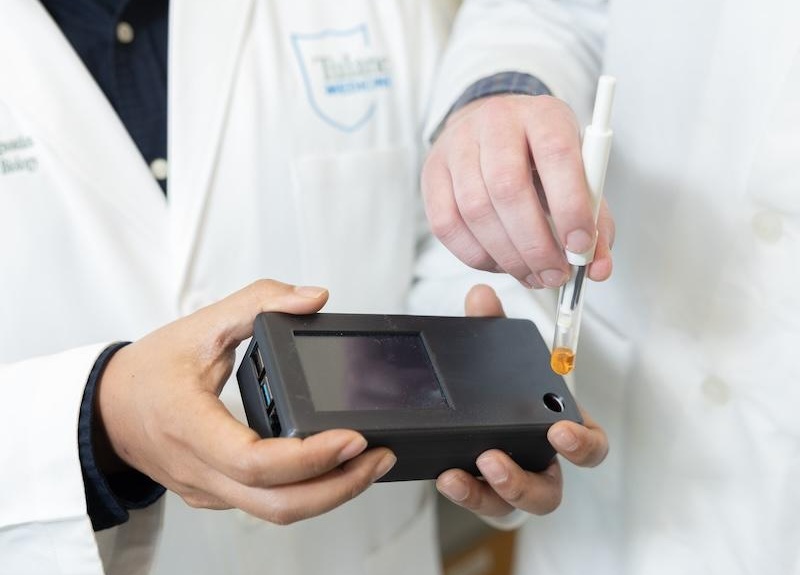
Handheld Device Delivers Low-Cost TB Results in Less Than One Hour
Tuberculosis (TB) remains the deadliest infectious disease globally, affecting an estimated 10 million people annually. In 2021, about 4.2 million TB cases went undiagnosed or unreported, mainly due to... Read more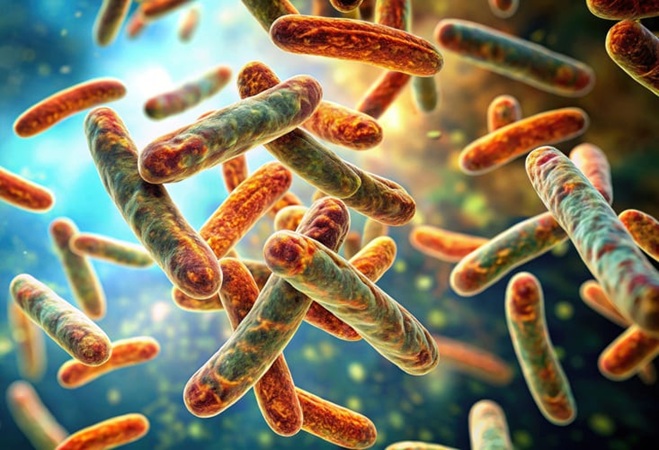
New AI-Based Method Improves Diagnosis of Drug-Resistant Infections
Drug-resistant infections, particularly those caused by deadly bacteria like tuberculosis and staphylococcus, are rapidly emerging as a global health emergency. These infections are more difficult to treat,... Read more
Breakthrough Diagnostic Technology Identifies Bacterial Infections with Almost 100% Accuracy within Three Hours
Rapid and precise identification of pathogenic microbes in patient samples is essential for the effective treatment of acute infectious diseases, such as sepsis. The fluorescence in situ hybridization... Read morePathology
view channel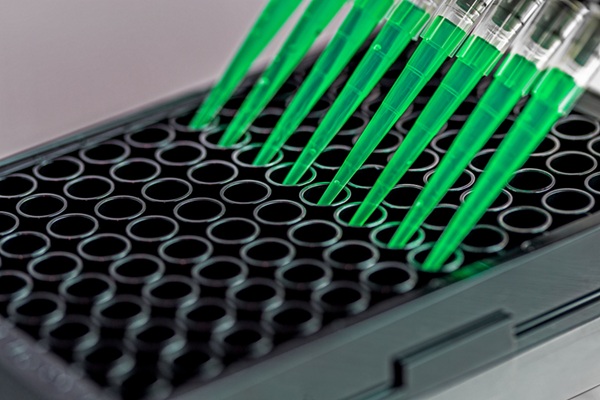
Sensitive and Specific DUB Enzyme Assay Kits Require Minimal Setup Without Substrate Preparation
Ubiquitination and deubiquitination are two important physiological processes in the ubiquitin-proteasome system, responsible for protein degradation in cells. Deubiquitinating (DUB) enzymes contain around... Read more
World’s First AI Model for Thyroid Cancer Diagnosis Achieves Over 90% Accuracy
Thyroid cancer is one of the most common cancers worldwide, and its precise management typically relies on two primary systems: (1) the 8th edition of the American Joint Committee on Cancer (AJCC) or ... Read more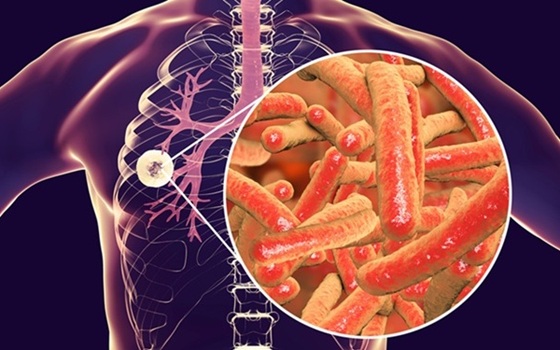
Breakthrough Diagnostic Approach to Significantly Improve TB Detection
Tuberculosis (TB) remains the deadliest infectious disease globally, with 10.8 million new cases and 1.25 million deaths reported in 2023. Early detection through effective screening is crucial in identifying... Read more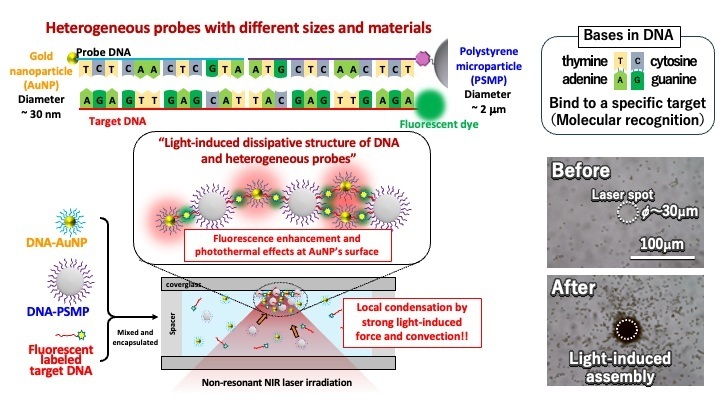
Rapid, Ultra-Sensitive, PCR-Free Detection Method Makes Genetic Analysis More Accessible
Genetic testing has been an important method for detecting infectious diseases, diagnosing early-stage cancer, ensuring food safety, and analyzing environmental DNA. For a long time, polymerase chain reaction... Read moreTechnology
view channel
Disposable Microchip Technology Could Selectively Detect HIV in Whole Blood Samples
As of the end of 2023, approximately 40 million people globally were living with HIV, and around 630,000 individuals died from AIDS-related illnesses that same year. Despite a substantial decline in deaths... Read more
Pain-On-A-Chip Microfluidic Device Determines Types of Chronic Pain from Blood Samples
Chronic pain is a widespread condition that remains difficult to manage, and existing clinical methods for its treatment rely largely on self-reporting, which can be subjective and especially problematic... Read more
Innovative, Label-Free Ratiometric Fluorosensor Enables More Sensitive Viral RNA Detection
Viruses present a major global health risk, as demonstrated by recent pandemics, making early detection and identification essential for preventing new outbreaks. While traditional detection methods are... Read moreIndustry
view channel
Cepheid and Oxford Nanopore Technologies Partner on Advancing Automated Sequencing-Based Solutions
Cepheid (Sunnyvale, CA, USA), a leading molecular diagnostics company, and Oxford Nanopore Technologies (Oxford, UK), the company behind a new generation of sequencing-based molecular analysis technologies,... Read more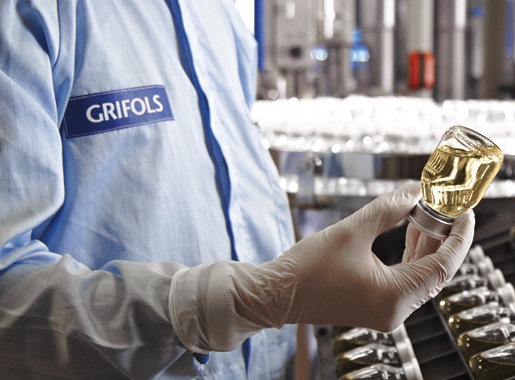
Grifols and Tecan’s IBL Collaborate on Advanced Biomarker Panels
Grifols (Barcelona, Spain), one of the world’s leading producers of plasma-derived medicines and innovative diagnostic solutions, is expanding its offer in clinical diagnostics through a strategic partnership... Read more







 Assay.jpg)



